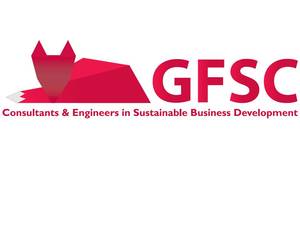The transition to a circular economy
The current world economy is based on the linear model in which the last phase of a product's life is not re-use, but destroyed (garbage dump, incinerator). This linear model is untenable, not only because raw materials are in limited supply, but also because nature cannot absorb unlimited waste and harmful substances. The alternative is a circular economy, which is considered a radical break from the past.
With the Government-wide Circular Economy program, the Netherlands wants to achieve a circular economy in 2050. In concrete terms, this means that raw materials are then used and reused efficiently, without harmful emissions to the environment. Products and materials are designed so that they can be reused with the least possible loss of value.
The construction sector is the largest consumer of raw materials, yet circular construction is still in its infancy. The transition to a circular construction process is not easy given the complexity of the construction process and the traditional nature of this sector. This is why GFSC has made this challenge one of its main focus points.
GFSC has unique expertise in regard to objective measurements of circularity, modular and reconfigurable building methods, material hubs of reusable building materials, material passports up to and circular (contractual) tenders.

